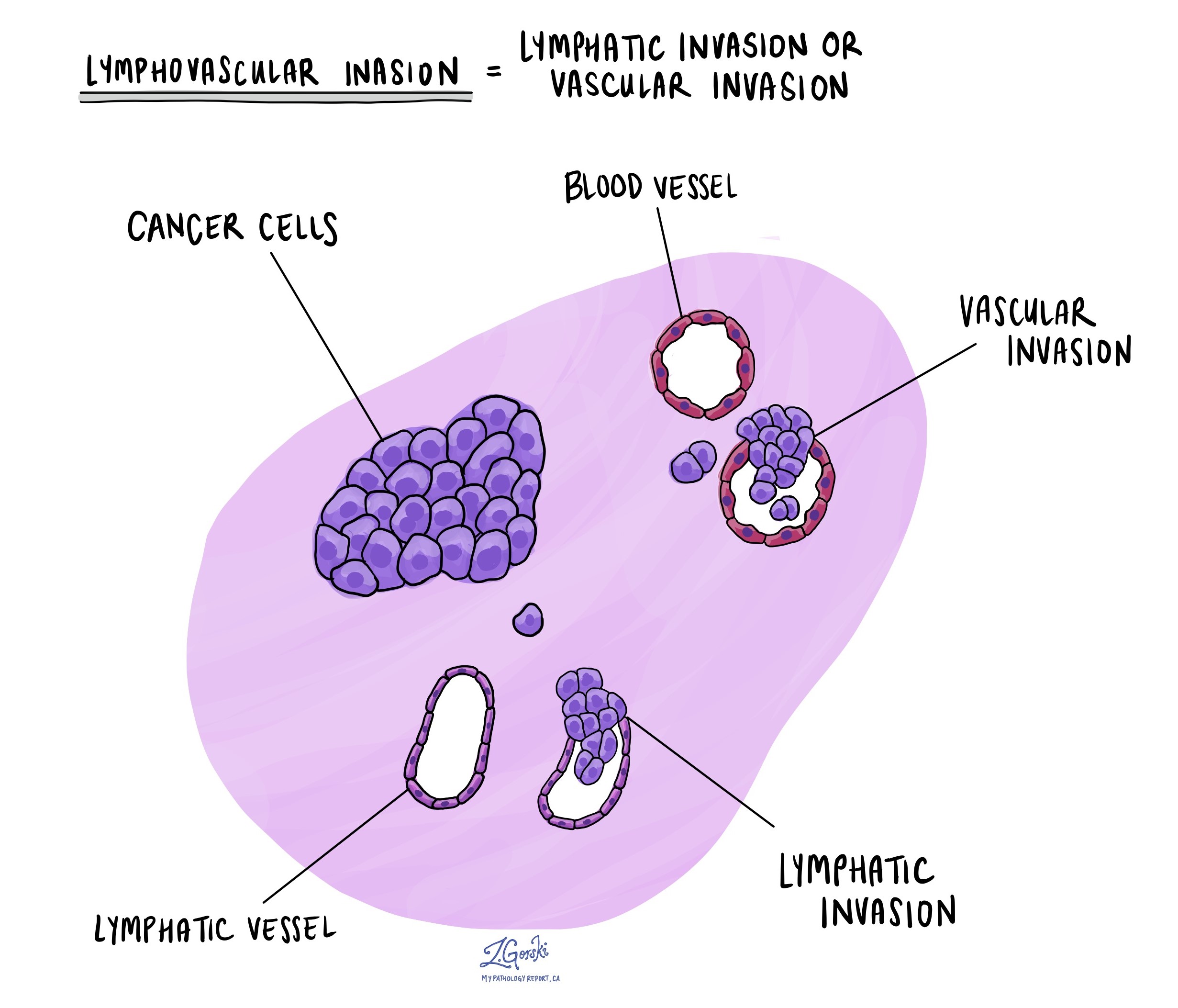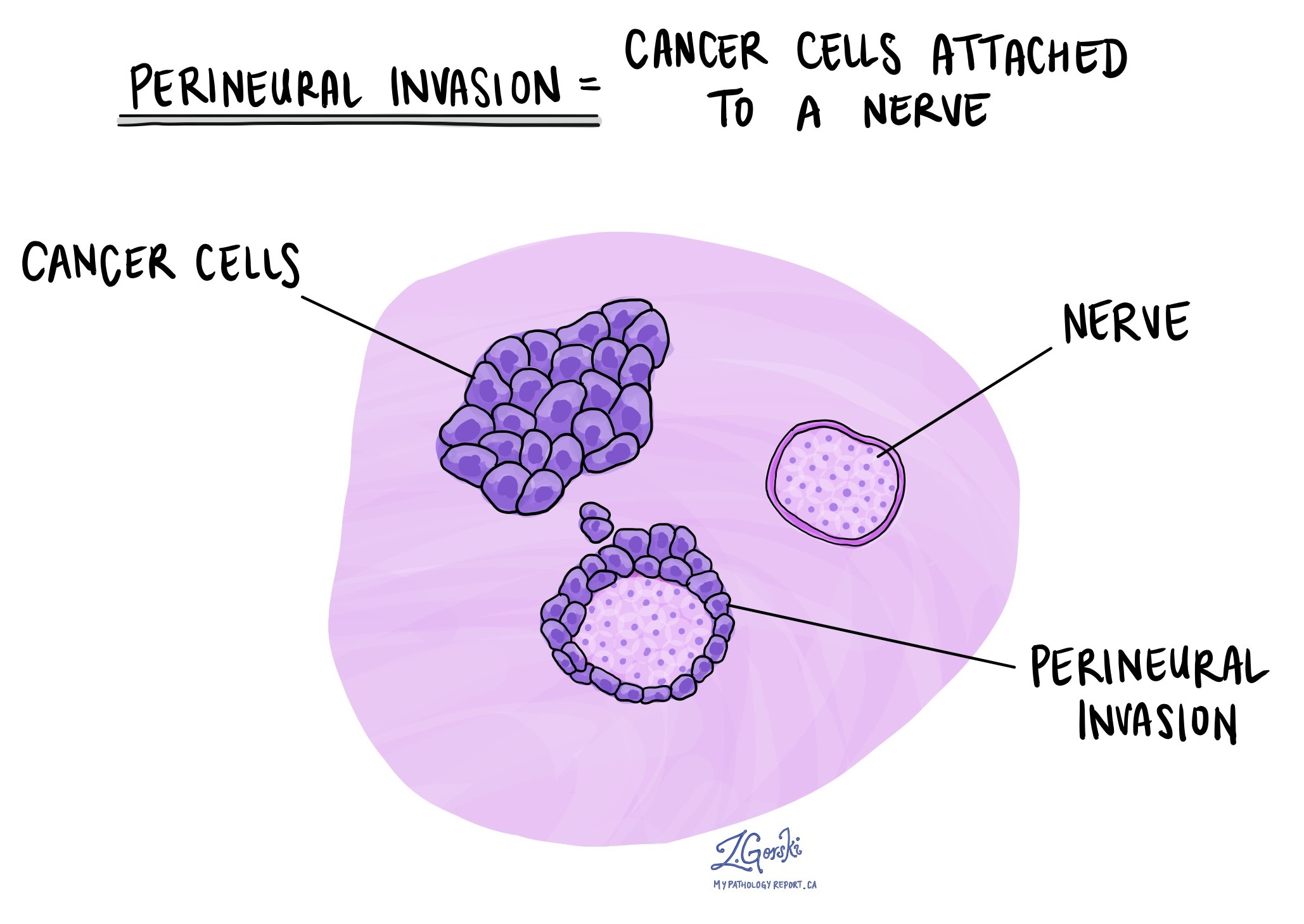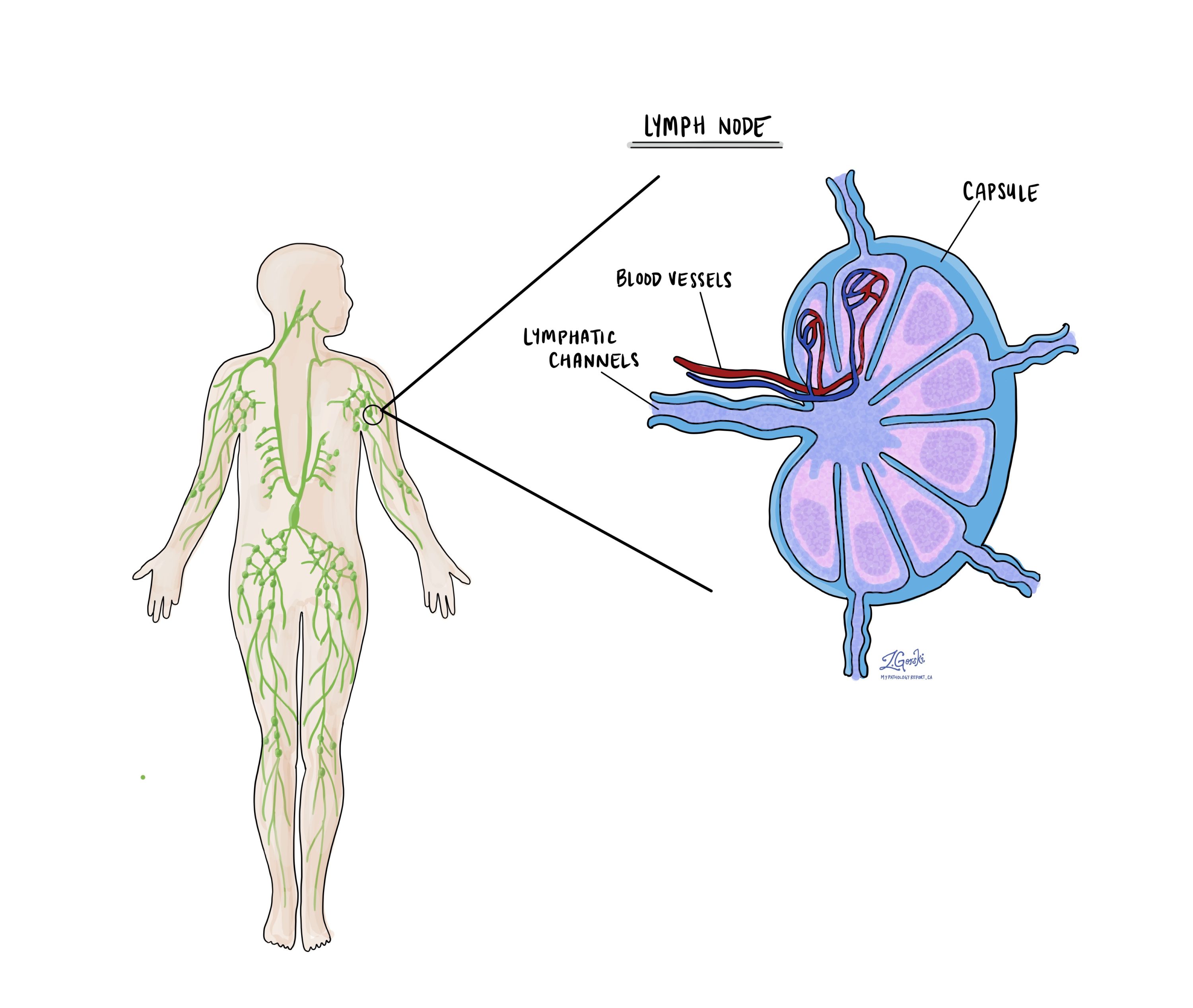by Jason Wasserman MD PhD FRCPC
July 31, 2025
Acinic cell carcinoma is a type of cancer that starts in the salivary glands. These are the glands that produce saliva and include the parotid glands (located in front of the ears), submandibular glands (located under the jaw), and sublingual glands (located under the tongue), along with numerous small minor salivary glands distributed throughout the mouth and throat. Although acinic cell carcinoma can develop in any of these glands, it is most often found in the parotid gland. This tumour usually grows slowly and may not cause symptoms right away. However, in some cases, it can spread (metastasize) to lymph nodes or other parts of the body.

What causes acinic cell carcinoma?
The exact cause of acinic cell carcinoma is not known. However, most tumours show a specific genetic change where part of the SCPP gene cluster becomes abnormally close to the NR4A3 (also called NOR-1) gene. This rearrangement may help the tumour grow, although what causes this change to happen is still unclear.
What are the symptoms of acinic cell carcinoma?
Acinic cell carcinoma often causes a slow-growing, painless lump in the affected gland. If the tumour forms in a visible or accessible area, such as the parotid gland, it may be seen or felt under the skin. When the tumour develops in a minor salivary gland, it may appear as a lump inside the mouth.
In rare cases, the tumour can grow quickly and cause pain, especially if it presses on or invades nearby nerves. This is more common in tumours that show high grade transformation, a change that makes the cancer more aggressive (see below).
How is this diagnosis made?
The diagnosis of acinic cell carcinoma is usually made after a sample of the tumour is removed and examined under a microscope by a pathologist.
The tissue sample may be taken by:
-
Fine needle aspiration biopsy (FNAB) or core needle biopsy, which removes a small part of the tumour
-
Surgical excision or resection, which removes the entire tumour
The tissue is then processed and studied to confirm the diagnosis and evaluate how the tumour behaves.
What does acinic cell carcinoma look like under the microscope?
When examined under the microscope, the tumour cells in acinic cell carcinoma look similar to normal acinar cells, which are the cells that normally make enzymes in the salivary glands. These tumour cells often contain small, round structures called zymogen granules, which can be seen using routine H&E staining or with special stains like PAS and PAS-D.
The tumour cells may be arranged in:
-
Sheets (groups of cells packed closely together).
-
Cysts or follicles (round, fluid-filled structures).
In many cases, the tumour is also surrounded by immune cells, especially lymphocytes. This is called tumour-associated lymphoid proliferation (TALP) and is a common feature of acinic cell carcinoma.
What is high grade transformation?
High grade transformation means that part of the tumour has changed into a more aggressive form of cancer. In these areas, the tumour cells no longer look like normal acinar cells. Instead, they may appear atypical (abnormal) or pleomorphic (showing a wide variation in shape and size).
Other features of high grade transformation include:
-
An increased number of mitotic figures, which are dividing tumour cells.
-
Areas of necrosis, a type of cell death often seen in fast-growing tumours.
This transformation is important because it makes the cancer more likely to spread to lymph nodes or the lungs, and it may affect the treatment plan and prognosis.
Extraparenchymal extension
Extraparenchymal extension means that the tumour has spread outside of the salivary gland into the surrounding tissues, such as fat, muscle, or skin. This finding is only reported for tumours that start in one of the three major salivary glands—the parotid, submandibular, or sublingual glands.
The presence of extraparenchymal extension is important because it suggests that the tumour is more aggressive and may be more difficult to remove completely. Tumours that have grown beyond the salivary gland are given a higher pathologic stage (pT), which helps your medical team estimate the risk of recurrence and decide if additional treatment is needed after surgery.
Lymphovascular invasion
Lymphovascular invasion means that cancer cells have entered small blood vessels or lymphatic vessels near the tumour. Blood vessels carry blood throughout the body, while lymphatic vessels carry a fluid called lymph to the lymph nodes.
This finding is important because these vessels can act like highways, allowing cancer cells to spread to lymph nodes or other parts of the body, such as the lungs. If lymphovascular invasion is seen under the microscope, it suggests a higher risk of metastasis and may influence decisions about follow-up care or treatment.

Perineural invasion
Perineural invasion means that cancer cells are growing around or along a nerve. This can sometimes cause pain or numbness, depending on which nerve is affected. Perineural invasion is important because it provides another pathway for the tumour to spread into nearby tissues or deeper structures, including bone or muscle.
If perineural invasion is seen in your pathology report, your doctor may recommend additional treatment, such as radiation therapy, to reduce the risk of the cancer coming back.

Margins
A margin is the edge of tissue that is cut during surgery to remove a tumour. After surgery, the pathologist examines the margins under the microscope to see if any cancer cells are present at the edge of the removed tissue.
-
A negative margin means no cancer cells were seen at the edge, suggesting the tumour was completely removed.
-
A positive margin means cancer cells are present at the edge, which raises concern that some tumour may have been left behind.
Your report may also describe the distance between the tumour and the nearest margin, especially if all margins are negative. This information helps your doctors decide whether additional surgery or radiation therapy may be needed.
Margins are only evaluated after the entire tumour has been removed in a procedure such as an excision or resection. They are not typically assessed after a biopsy.

Lymph nodes
Lymph nodes are small immune organs located throughout the body. Cancer cells from acinic cell carcinoma can spread from the tumour to nearby lymph nodes through tiny lymphatic vessels.
During surgery, lymph nodes near the tumour—especially in the neck region—may be removed and sent to the pathologist to check for cancer cells.
-
A negative lymph node means no cancer cells were found.
-
A positive lymph node means cancer cells were found inside the lymph node.
If cancer is found in a lymph node, your report may also describe the size of the largest group of cancer cells and whether they have spread beyond the outer layer of the node into the surrounding tissue, a feature called extranodal extension.
Examining lymph nodes is important because it helps determine the pathologic nodal stage (pN) and provides information about the risk of recurrence or spread. This helps your medical team decide if additional treatment, such as radiation or chemotherapy, is needed after surgery.

Pathologic stage
Pathologic staging is a system doctors use to describe the size and spread of a tumour. This helps determine how advanced the cancer is and guides treatment decisions. The pathologic stage is usually determined after the tumour is removed and examined by a pathologist, who analyzes the tissue under a microscope. For acinic cell carcinoma, staging is based on the “TNM” system, where “T” stands for the size and extent of the primary tumour, “N” refers to lymph node involvement, and “M” indicates whether the cancer has spread to other parts of the body.
Tumour stage (pT)
The tumour stage describes the size of the tumour in the salivary gland and whether it has spread into nearby tissues.
- T0 means there is no evidence of a primary tumour in the salivary gland.
- Tis refers to carcinoma “in situ,” meaning the cancer cells are limited to where they started and have not invaded deeper tissues.
- T1 means the tumour is 2 cm or smaller and has not spread beyond the salivary gland.
- T2 refers to a tumour larger than 2 cm but not larger than 4 cm, still confined to the salivary gland.
- T3 means the tumour is larger than 4 cm or has spread to nearby soft tissues.
- T4 describes more advanced tumours. T4a means the tumour has spread to the skin, jawbone, ear canal, or facial nerve. T4b indicates very advanced cancer that has spread to the base of the skull, nearby bones, or major blood vessels.
Nodal stage (pN)
The nodal stage indicates whether the cancer has spread to the lymph nodes, which are small glands that help the body fight infection. Lymph node involvement can increase the risk of cancer spreading further.
- N0 means there is no spread to nearby lymph nodes.
- N1 indicates the cancer has spread to a single lymph node on the same side of the neck, measuring 3 cm or smaller.
- N2 describes more extensive lymph node involvement:
- N2a: A single lymph node on the same side of the neck is affected, measuring up to 6 cm, or smaller nodes that show signs of cancer outside the node.
- N2b: Multiple lymph nodes on the same side of the neck are affected, none larger than 6 cm.
- N2c: Cancer has spread to lymph nodes on both sides of the neck or on the opposite side, none larger than 6 cm.
- N3 indicates more advanced lymph node involvement. N3a means a node larger than 6 cm is affected. N3b involves multiple nodes or any nodes where cancer has spread outside the lymph node into nearby tissues.
Questions to ask your doctor
-
What stage is my acinic cell carcinoma?
-
Were any high grade features or high grade transformation seen in my tumour?
-
Were the surgical margins negative?
-
Were any lymph nodes positive for cancer?
-
What follow-up treatment, if any, do you recommend?



